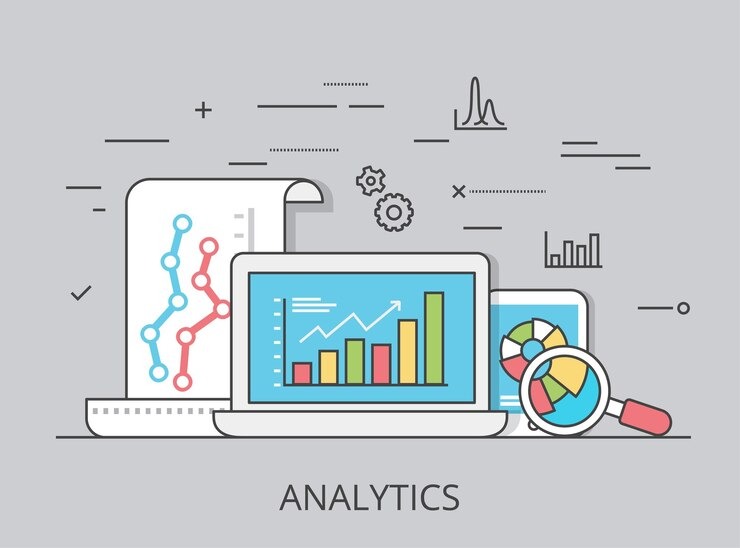Running a paid advertising campaign without proper optimization is like driving a high-performance car with no fuel gauge—you might be moving fast, but you’ll have no idea when things start to break down. For businesses investing in digital ads, return on investment (ROI) isn’t just a metric—it’s the bottom line. To get the most from your ad spend, you need the right tools, insights, and strategies to fine-tune performance and drive real results.

Many marketers assume that once a paid campaign is live, it just needs occasional tweaks. But today’s advertising platforms are far more complex and competitive. Optimization isn’t about guesswork—it’s about informed, data-driven decisions that continuously improve your campaign’s performance.
This is where PPC analytics plays a crucial role. With the right data in hand, you can uncover what’s working, what’s underperforming, and what needs to change. From click-through rates to conversion paths, analytics shine a light on the full customer journey, helping you refine each element of your paid strategy for better ROI.
A successful paid campaign starts with choosing the right keywords. But that doesn't just mean popular or trending ones—it means relevant, high-intent keywords that reflect your audience’s real search behavior. Tools like Google Ads Keyword Planner or Ubersuggest can help you find keywords with strong commercial intent and manageable competition.
Additionally, integrating negative keywords into your campaigns can prevent your ads from showing to the wrong audience, which saves budget and boosts your conversion potential. Smart keyword management is one of the quickest ways to cut costs and increase returns.
Your ad copy is often the first impression potential customers have of your brand. So, it should be compelling, clear, and relevant. Great ad copy speaks directly to the user’s need or problem and offers a specific solution—fast.
A/B testing is a great way to optimize ad performance. Run multiple variations of your headlines, descriptions, and calls to action, and let the data tell you what resonates most. Even small changes in copy can lead to significant increases in click-through and conversion rates.
Getting the click is only half the battle. Where users land after they click can make or break your campaign’s ROI. Your landing page should align perfectly with your ad message, load quickly, and guide users toward a clear action—whether it’s signing up, buying, or learning more.
Tools like Unbounce or Instapage allow marketers to create and test high-performing landing pages without needing developers. Combining user-friendly design with sharp copy and fast load speeds can dramatically increase your conversion rate and campaign efficiency.
Most ad platforms now offer some form of automation, from smart bidding strategies to dynamic ad placements. These tools use machine learning to optimize your bids and placements in real time, helping you save time and maximize results.
However, automation works best when it’s guided by clear goals. Set boundaries, monitor performance, and don’t be afraid to step in when needed. Automation should assist your strategy, not replace it.

One of the biggest mistakes marketers make is setting a campaign live and walking away. Paid campaigns should be monitored regularly—ideally daily—especially in the first few days. Watch how your ads are performing across devices, locations, and audiences.
Use the reporting features inside Google Ads, Meta Ads Manager, or third-party tools like SEMrush or Optmyzr to make informed changes. Are mobile users bouncing faster? Is one region converting better than others? Let your PPC analytics guide decisions that move the needle.
Not every visitor will convert on the first click. That’s where retargeting comes in. By showing follow-up ads to users who interacted with your brand but didn’t convert, you get another chance to win them over.
Platforms like Google Display Network or Facebook Retargeting allow you to create personalized follow-ups based on user behavior. Done right, retargeting can significantly improve your ROI without increasing your overall budget.
Maximizing ROI from paid campaigns isn’t about spending more—it’s about spending smarter. From precise keyword targeting and compelling copy to insightful PPC analytics and ongoing optimization, every part of your campaign should work together to deliver results.
The digital advertising space is dynamic and fast-moving. But with the right tools and strategies, any marketer can fine-tune their campaigns, increase conversions, and stretch their budget further. Remember, optimization isn’t a one-time task—it’s a mindset that keeps your campaigns moving forward.